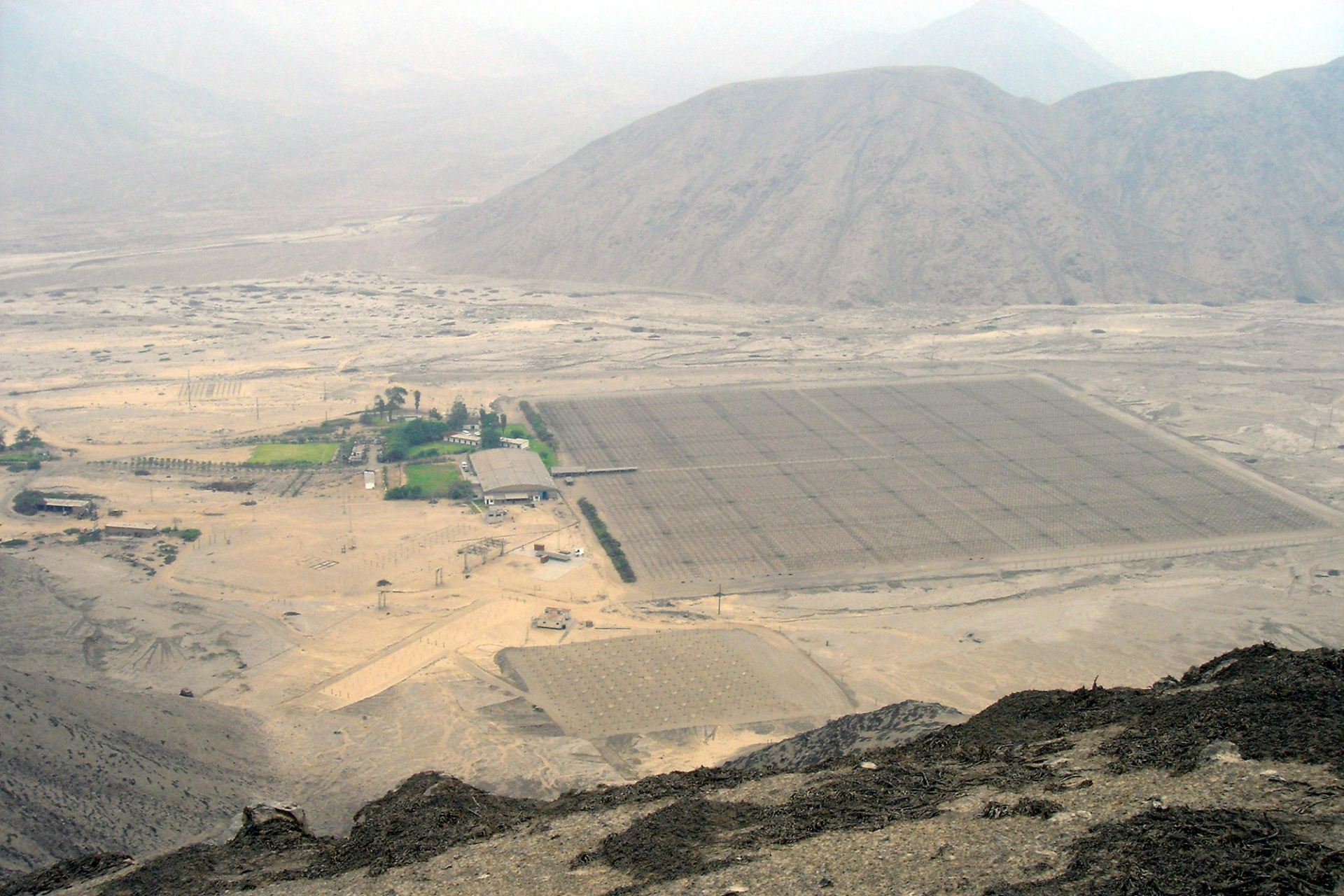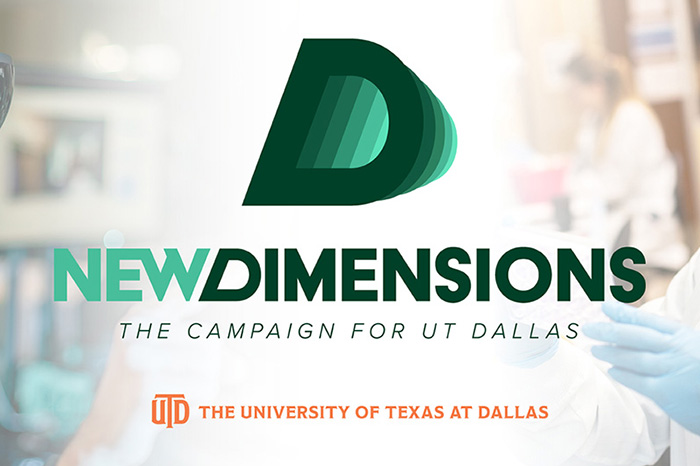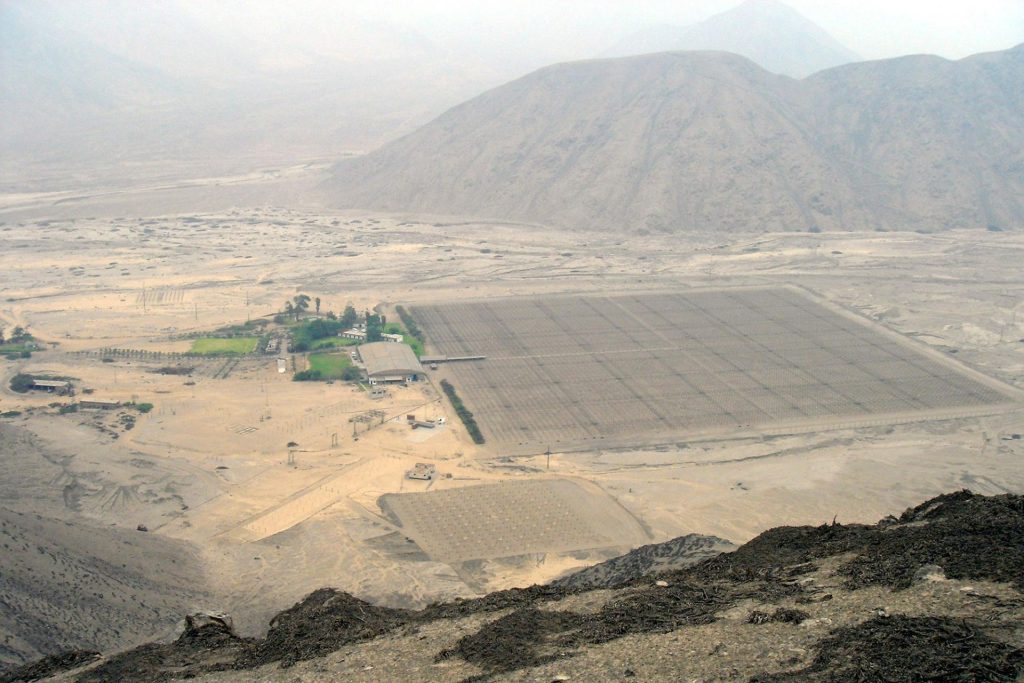
Dr. Fabiano Rodrigues, associate professor of physics at The University of Texas at Dallas, has received a multimillion-dollar federal grant to expand the capabilities of an observatory in South America that serves experimental investigations of the upper atmosphere and of the space near Earth, or geospace.

The five-year, $2.8 million grant from the National Science Foundation (NSF) Major Research Instrumentation (MRI) Program will be used to develop and deploy two large radio receiving stations that will augment the observational capabilities of the Jicamarca Radio Observatory, located near Lima, Peru. The instrumentation will allow researchers to gather more detailed information about the Earth’s atmosphere and ionosphere, a region where Earth’s upper atmosphere meets outer space.
The Jicamarca Radio Observatory, equipped with the world’s largest radar, is a facility of the Geophysical Institute of Peru that is funded through a cooperative agreement between the NSF and Cornell University. Rodrigues earned his PhD in electrical and computer engineering from Cornell using the observations of the ionosphere made by the Jicamarca radar system and has been an active scientific user of the facility since then. The grant will allow the largest expansion of the observatory since its foundation in the early 1960s.
“This expansion is a result of an international, multi-institutional collaboration with the goal of augmenting the current observational capabilities of the observatory,” said Rodrigues, who is also a Fellow, Eugene McDermott Professor. “The collaborators will not only contribute with scientific and technical expertise but also with local infrastructure and services that are essential for this type of effort.”
Space Weather
One of the goals of the new instrumentation is a better specification and understanding of space weather. Disturbances and turbulence among the particles that make up the ionosphere are part of a global space weather system that can affect radio communications as well as degrade the quality of GPS signals used for positioning and navigation. A better understanding of the dynamics of the region and the factors affecting it will help scientists develop models to forecast space weather more accurately.
Rodrigues leads the Upper Atmosphere Remote Sensing Lab, part of the William B. Hanson Center for Space Sciences in the School of Natural Sciences and Mathematics. His research interests and experience include designing, deploying and operating ground-based remote sensing instrumentation for studies of the geospace and space weather. In addition to Jicamarca, his team has made observations at such facilities as the Arecibo Observatory in Puerto Rico and the Sao Luis Observatory in Brazil.
“Having receivers in place across a wider area of Peru will give us a distributed picture of conditions in the ionosphere. By combining all of our tools for studying atmospheric phenomena — including radar, modeling, and satellite and rocket data — we hope to provide better predictions of communications and navigation disruptions.”
Phillip Anderson MS’85, PhD’90, professor of physics and director of the William B. Hanson Center for Space Sciences at UT Dallas
At Jicamarca, more than 18,000 dipole antennas spread across 90,000 square meters of desert terrain are used by its radar to beam radio signals toward space, where they are scattered by particles in the ionosphere. The returning signals carry valuable information about this region and beyond. Rodrigues said that the instrumentation to be developed by the project will allow Jicamarca to observe regions of the sky that are not currently possible, and to apply novel remote sensing techniques for a variety of new and improved observations.
“What Fabiano and his team are doing is very exciting,” said Phillip Anderson MS’85, PhD’90, professor of physics and director of the Center for Space Sciences. “Having receivers in place across a wider area of Peru will give us a distributed picture of conditions in the ionosphere. By combining all of our tools for studying atmospheric phenomena — including radar, modeling, and satellite and rocket data — we hope to provide better predictions of communications and navigation disruptions.”
New Arrays
Rodrigues and his collaborators will construct and deploy two new radio receiving stations that will work in conjunction with the Jicamarca radar creating a “multistatic” radar system. Design of the stations will build upon the results obtained with the Long Wavelength Array, with modifications for operation with the Jicamarca radar. Each station will be formed by an array of 256 individual antennas, each about 5 feet high and distributed across an area approximately 100 meters in diameter as well as associated radio frequency components and electronics. One station will be built 50 kilometers to the south of Jicamarca, and another about 150 kilometers to the east.

To learn more about how UT Dallas is enhancing lives through transformative research, explore New Dimensions: The Campaign for UT Dallas.
“There are target areas of research that this new system will serve, including mesosphere and lower thermosphere dynamics, ionospheric electrodynamics, meteor science and monitoring of space weather. Additionally, the instrumentation will be available to the scientific community for standard observations and for proposals of new experiments,” Rodrigues said.
He also said that the instrumentation will expand Jicamarca’s services to adjacent research areas such as radio astronomy. Finally, the project will expand education and training opportunities at Jicamarca for both undergraduate and graduate students.
Dr. Lindsay King, associate professor of physics at UT Dallas with experience and interests in radio astronomy and extragalactic astrophysics, is a collaborator on the project. Other collaborators include the Geophysical Institute of Peru, Pontifical Catholic University of Peru, Cornell, the Leibniz-Institute of Atmospheric Physics e.V. at University of Rostock and the Air Force Research Laboratory.
